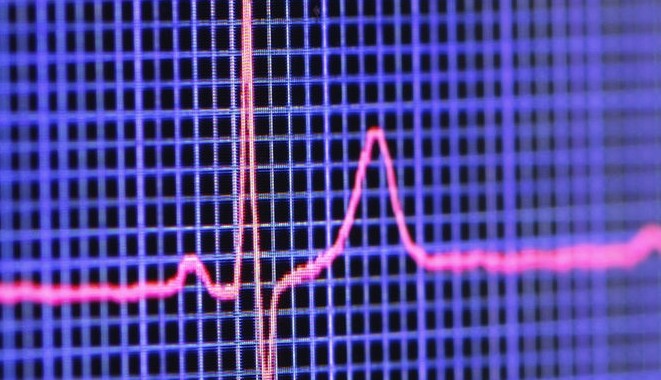LED lamp automatically resets racing heart
March 11, 2019
on
on

Researchers from the Leiden University Medical Centre and the TU Delft have found a way to reset a racing heart automatically using an implanted LED lamp. This bio-electronics defibrillator already works in the lab, and can be the first step towards a pain-free treatment of patients with atrial fibrillation.
René Poelma, researcher at the Microelectronics department at the TU Delft, developed, together with professor Kouchi Zhang, the implantable LED lamp. Resetting the heart muscle requires, among other things, a very high light intensity of the correct wavelength, but there is only little space in the body. That is why a miniaturised LED lamp was developed that, once implanted, can spread the light with a sufficient intensity across a relatively large surface area. The research is a good example of how the combination of medical and technological knowledge and cooperation can lead to innovation.
The bio-electronic defibrillator can halt arrhythmias without an electric shock. In this way the heart can be reset at any moment, fully automatically. We expect that this treatment of arrhythmia will improve both the quality of life, as well as the prognosis of the patient. The researchers emphasise that much research is still necessary before a usable treatment becomes available. However, that the possibility exists has, according to the researchers, now been demonstrated. The research has been published here.
Source: TU Delft
Arrhythmias
The system that was developed by the research group, detects arrhythmias in the atrium of a rat's heart and subsequently sends a signal to an LED positioned near the heart. The flash of light from the LED then ensures that the heart itself generates an electric current that then halts the arrhythmia. This has been made possible by the addition of certain light-sensitive proteins in the heart using gene therapy. This causes the heart to return automatically to the good rhythm, according to research leader Daniël Pijnappels from the department of Cardiology of the LUMC.René Poelma, researcher at the Microelectronics department at the TU Delft, developed, together with professor Kouchi Zhang, the implantable LED lamp. Resetting the heart muscle requires, among other things, a very high light intensity of the correct wavelength, but there is only little space in the body. That is why a miniaturised LED lamp was developed that, once implanted, can spread the light with a sufficient intensity across a relatively large surface area. The research is a good example of how the combination of medical and technological knowledge and cooperation can lead to innovation.
Cardioversion
According to the researchers this can potentially lead to a great improvement in treatment, compared to the current method that is used to halt arrhythmias. Arrhythmia is one of the most common rhythm disturbance. The current treatment, also called cardioversion, is based on the application of an electric shock that, because of the pain, has to be applied under anaesthetic at the hospital. For many patients this is the only treatment that is effective at halting the arrhythmia, because medication or an operation are not successful.The bio-electronic defibrillator can halt arrhythmias without an electric shock. In this way the heart can be reset at any moment, fully automatically. We expect that this treatment of arrhythmia will improve both the quality of life, as well as the prognosis of the patient. The researchers emphasise that much research is still necessary before a usable treatment becomes available. However, that the possibility exists has, according to the researchers, now been demonstrated. The research has been published here.
Source: TU Delft
Read full article
Hide full article


Discussion (0 comments)